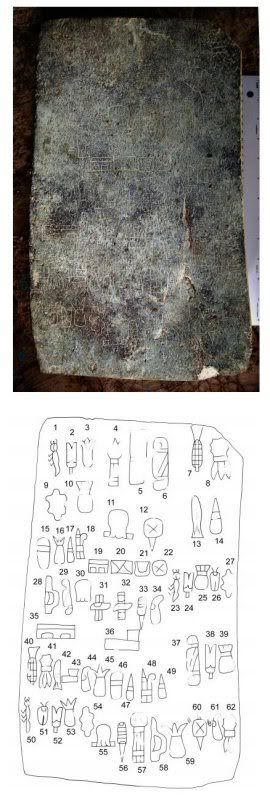But marine scientist Steve McCulloch immediately saw this rescue was unique. The baby bottlenose dolphin lost her tail, but perhaps her life could be saved.

McCulloch, director of dolphin and whale research at the Harbor Branch Oceanographic Institution, decided to channel his anger into a solution.
The solution for the dolphin — dubbed Winter — may be a prosthetic tail. If the logistics can be worked out, Winter's prosthesis would be the first for a dolphin who lost its tail and the key joint that allows it to move in powerful up-and-down strokes.
"There's never been a dolphin like her," said Dana Zucker, chief operating officer of the Clearwater Marine Aquarium, which is now Winter's home. A dolphin in Japan has a prosthesis, the first in the world, to replace a missing part of its tail.
Winter was a frail, dehydrated 3-month-old when she came to the animal rescue center in December. A fisherman found her tangled in the buoy line of a crab trap in Indian River Lagoon near Cape Canaveral. The line tightened around her tail as she tried to swim away, strangling the blood supply to her tail flukes. "It looked like paper," Zucker said of Winter's tail. "Bit by bit over the weeks it just fell off." Winter was left with a rounded stump.
A team of more than 150 volunteers and veterinarians spent months nursing Winter back to health. Zucker and her family cuddled with Winter and fed her a special mix of infant formula and pureed fish in the aquarium's rescue pool. Winter learned how to swim without her tail, amazing her handlers with a combination of moves that resemble an alligator's undulations and a shark's side-to-side tail swipes. She uses her flippers, normally employed for steering and braking, to get moving. Winter can't keep up with wild dolphins that can swim up to 25 mph with strokes of their tail flukes. She will be a permanent resident at the aquarium, even if she gets a prosthetic tail.
In the tank, she swims and plays with another dolphin, rolling and diving and surfacing to demand belly rubs and fish from her caretakers.
Uncharted territory
Zucker has formed a team to discuss the prospects of designing a tail for Winter. It has been consulting with a diving gear manufacturer, a tire company and the Navy, which has experience attaching items to dolphins for military research. It's uncharted territory. Fuji, an elderly dolphin who lives at an aquarium in Okinawa, Japan, had part of his tail remaining on which to attach a prosthesis. Winter doesn't. Both her tail flukes and peduncle, a wrist-like joint that allows a dolphin's tail to move up and down, were lost to necrosis. It is not clear how the prosthetic tail would be attached to her stump, but it would need to be tough.
"The dolphin's tail fin is the most powerful swimming mechanism Mother Nature ever designed," McCulloch said. "When you see how much pressure they put on their flukes, the prosthesis is going to take a marvel of modern engineering." Veterinarians are unsure if a prosthesis will be beneficial or harmful in the long term. Swimming without a tail may ultimately wear on Winter's spine. She would need at least three tails as she grows. She is now about 4 feet long and weighs 110 pounds. When she is full grown at age 15, Winter will be twice as long and four times as heavy.
The cost of the prosthetic tail is unknown. "All I know is Fuji's tail cost $100,000 — and that was in 2004," McCulloch said. That's equal to the entire monthly operating budget of the Clearwater Marine Aquarium, Zucker said. The small animal hospital relies mostly on volunteer workers; its roof leaks in heavy rains.
"We're a mom and pop shop," Zucker said. "It's a labor of love." She expects the design cost of the tail will be underwritten by the company that creates it. It's the cost of the long-term care of Winter — and the other injured animals in her care — that worry her.
Winter is a living reminder for humans to be careful about what they leave in the water. "The kids get it right away. It's the adults, more creatures of habit, who take more persuasion," McCulloch said. "You can't outlaw fishing line, but you can educate a fisherman not to use careless techniques such as tossing out line."






